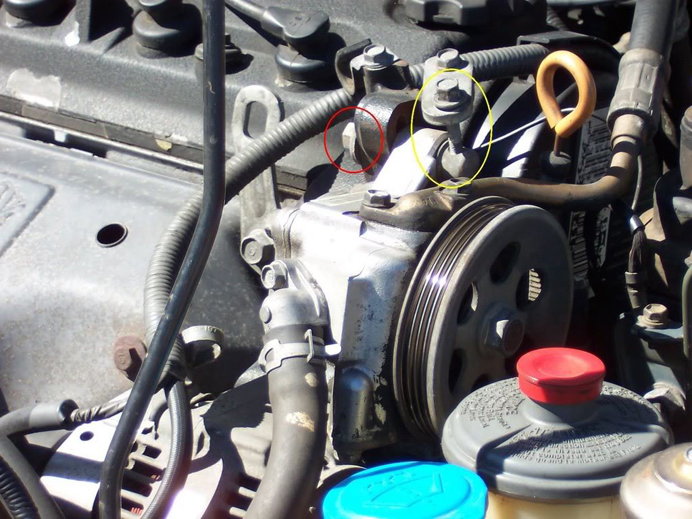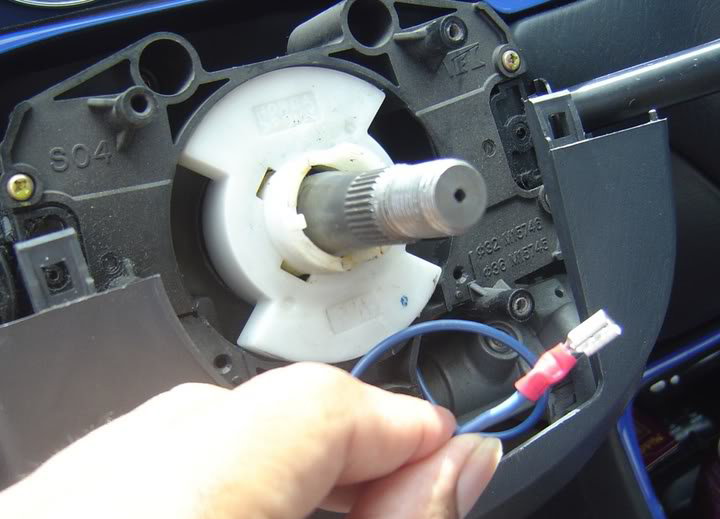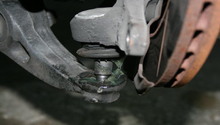Honda Accord: Why is My Car Clicking When I Turn the Steering Wheel?
Hearing clicks when steering are not only irritating, but can indicate an impending mechanical failure. Learn how to detect the causes of the clicks on your Honda Accord's steering wheel, and their possible solutions.
This article applies to the Honda Accord (1990-2002).
As your Honda Accord gains more miles, mechanical problems are inevitable. While some are complex and more difficult to detect, the clicking sound coming from your steering wheel is much more noticeable. These clicks should not be ignored, and urgent repairs are vital to your car's functionality. Clicking sounds may indicate some wear and tear, which if not addressed, can result in other costly mechanical breakdowns. Even worse, the clicks may signify a fault in the steering system, which can result in severe accidents. This article pinpoints some areas you can diagnose yourself.
Step 1 – Check the power steering pump
The power steering pump ensures that the steering wheel is easy to turn when the car is running. When the steering wheel of your Honda Accord turns, the pump dispatches the power steering fluid to the steering gear, which then applies the pressure needed to turn the wheels. If there is a fluid leak in the power steering pump, the steering wheel will get harder to turn. Turning the steering wheel when the pump is worn out or leaking will result in clicking or chirping noises because the belt tension is wrong, or there is an insufficient amount of fluid.
For a temporary fix, loosen the three mounting bolts to get the appropriate tension on the power steering belt. Replacing the power steering pump will cost between $100 to $200.

Step 2 – Check the steering column
Steering columns connect the steering wheel to the steering gears. If the steering columns of your Accord are misaligned, you will hear a clicking sound when turning the steering wheel.
You should have the steering column properly aligned by a professional, as well as the wheels and axles to ensure they all work in sync. You can easily detect a misaligned steering column as there will be uneven wear in the tires, vibration in the column, and a crooked steering wheel. Having an alignment done can cost you around $400. You can also have the steering columns replaced if they are beyond use, which will cost around $500.

Step 3 – Check the constant velocity (CV) joint
The CV joint is a component (with bearings and cages) that rely on grease to function smoothly. These ensure that the torque transmission going to the drive shaft is maintained at a constant rotational speed.
Motoring experts suggest the boots and grease be replaced every 50,000 to 100,000 miles. If moisture gets in the CV joint boot—and the grease dries up—or they are torn and dirty, then it will hasten the destruction of the axle CV joint. If not addressed on time, you will hear a clicking sound when you turn the steering wheel. By then, it might even be too late and the CV joint or the entire axle assembly might need to be replaced. A new CV joint can cost you anywhere from $50 to $100 dollars per pair, and an axle can cost upwards of $100 per pair.

Related Discussions
- Clicking Noise when Turning Steering Wheel - Honda-Tech.com
- Accord Steering Wheel Making a Clicking Noise - Honda-Tech.com
- '96 LX Accord Steering Wheel Clicking - Honda-Tech.com
- Honda Steering Column Replacement - Honda-Tech.com






